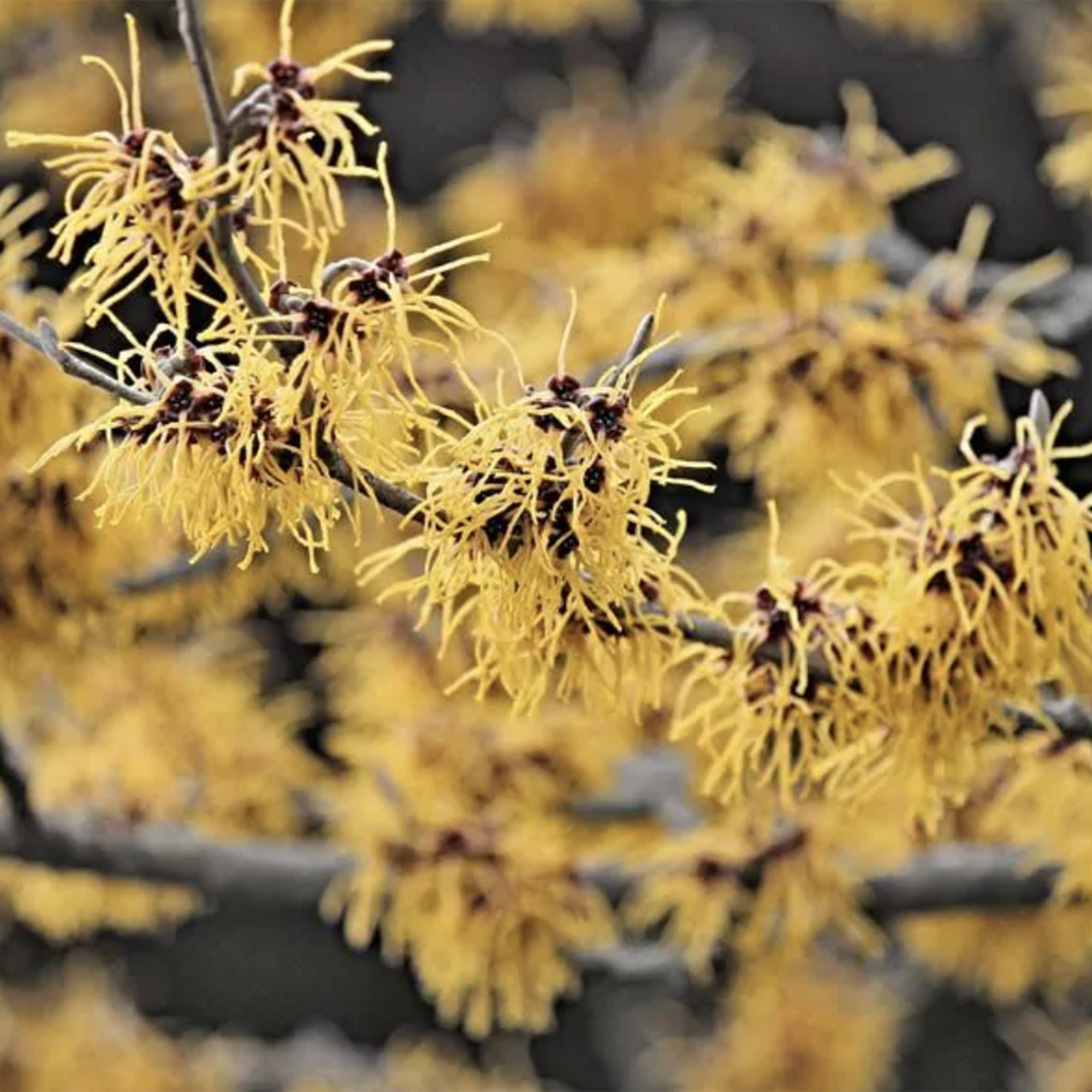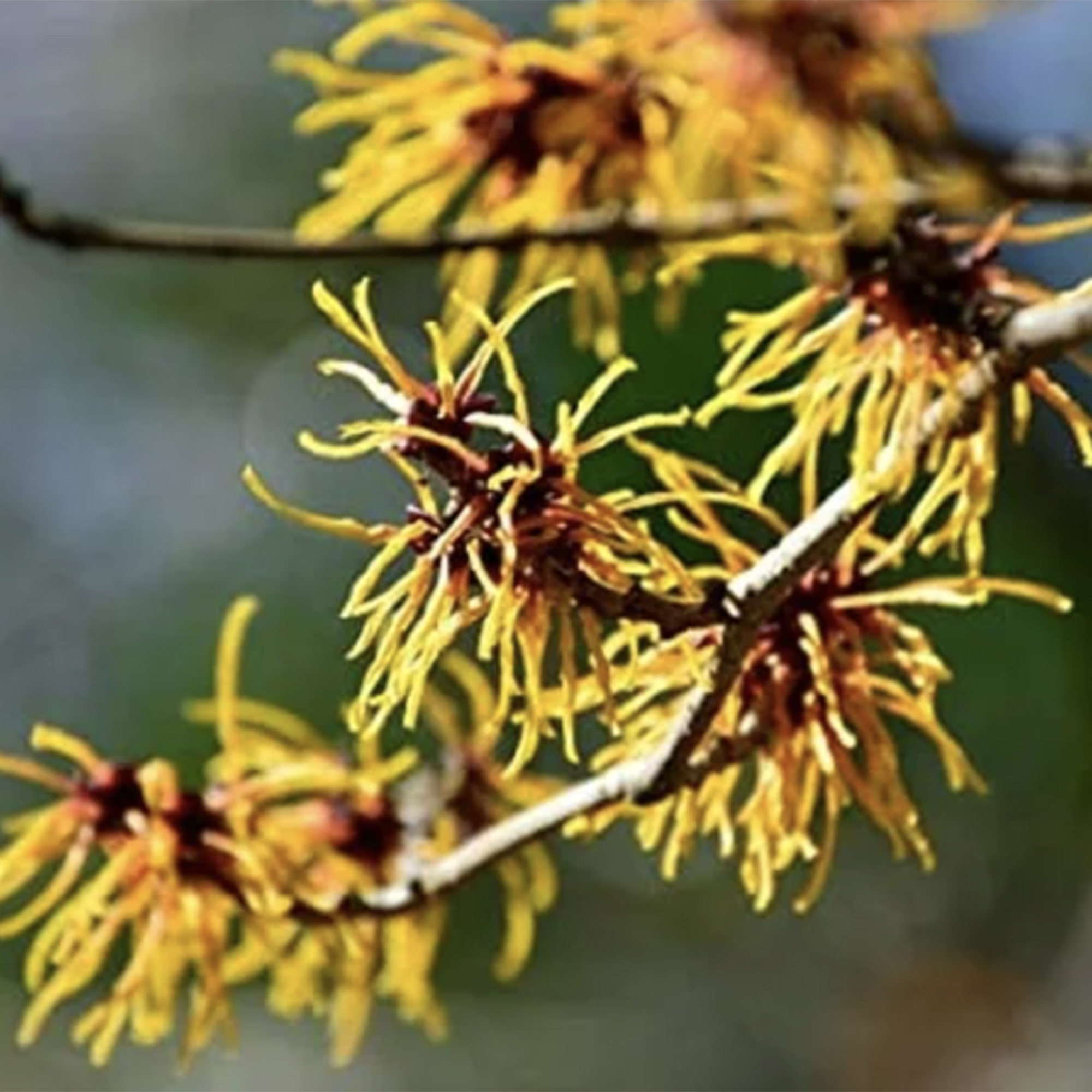How to prune witch hazel – and how often should you cut back this winter beauty
Don't destroy this plant by attacking it with your pruning shears


Learning how to prune witch hazel is useful if you want to limit the size of your fragrant winter plant.
If you've chosen a slow growing compact variety of witch hazel such as Hamamelis ‘Angelly’ which has an upright habit and grows to about 8ft, then chances are you won't ever prune it unless it is bothering your other plants.
If you do need to prune your witch hazel then it's important to go about it the right way, so as not to destroy the beautiful structure of its branches.
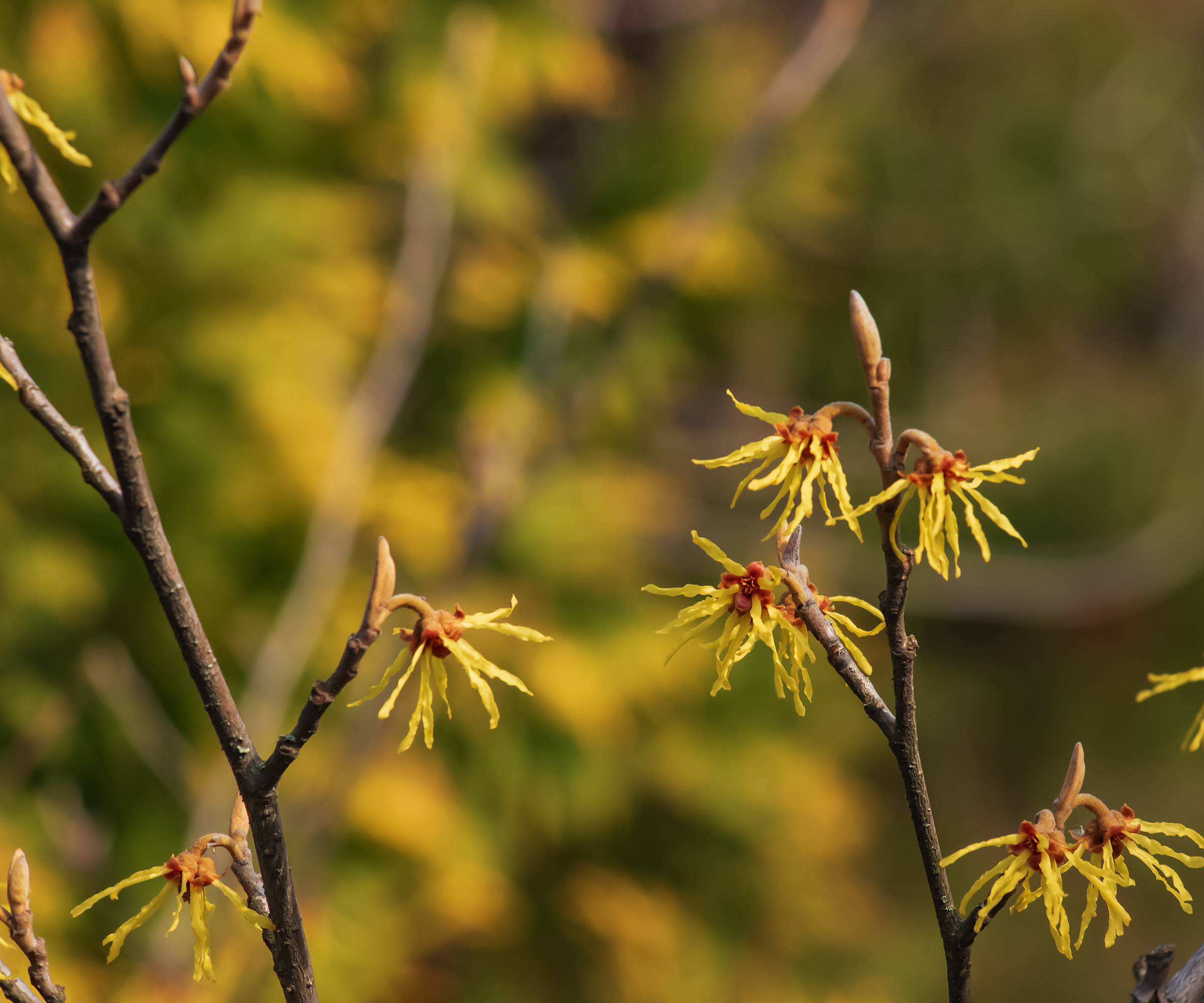
How to prune witch hazel
Some plants, such as wisteria need pruning every year, sometimes twice. However, witch hazel rarely needs pruning at all and can be left to develop its own natural shape.
Wait until its second season of flowering before cutting back the previous season's growth to two buds from the main stem with clean pruning shears. This will help promote the development of flower buds.
For witch hazel, it's only necessary to prune back diseased growth or broken stems. It's a slow-growing shrub, and an ideal shrub for containers, so removing too much is counter productive.
When you need to prune witch hazel
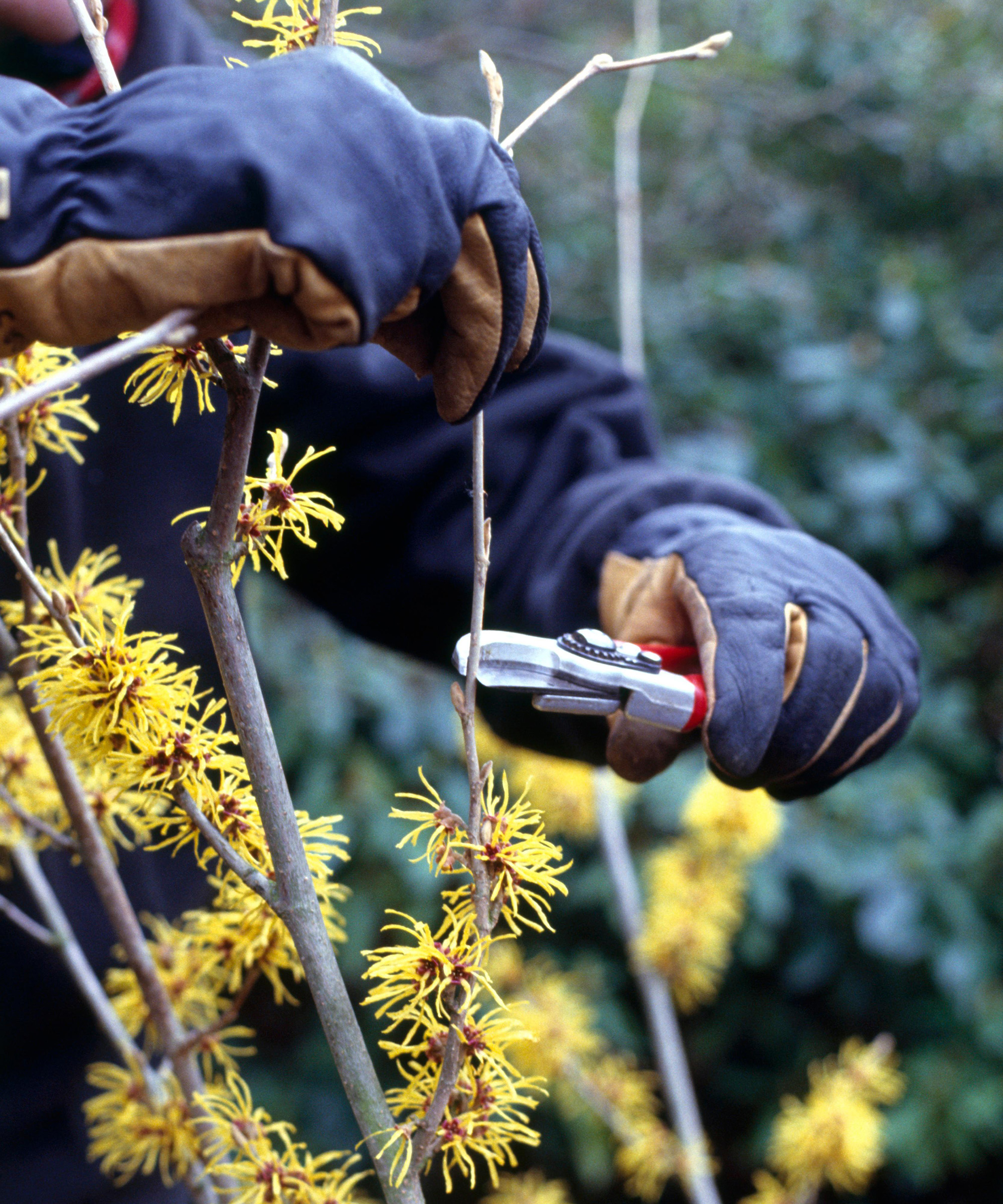
Remove dead, damaged, or crossing branches
Only if your witch hazel is damaged should any broken shoots be cut back to healthy growth. Also, if two branches are rubbing together, it's best to remove one of them with your best loppers or pruning shears, ensuring they are clean and sharp.
Design expertise in your inbox – from inspiring decorating ideas and beautiful celebrity homes to practical gardening advice and shopping round-ups.
The elegant growth of a mature witch hazel is one of its joys, so allowing it to mature is almost always the best plan. Some varieties may eventually develop into small trees, but you can do some great landscaping around trees and plant shade-loving perennials and spring flowering bulbs under its branches.
If your witch hazel and a nearby shrub are maturing together and getting in each other's way, think carefully before cutting one of them back. Most shrubs respond well to thoughtful pruning to restrict their size, but few shrubs have such an attractive branch structure as a witch hazel. Because of this, the other shrub will usually be the one to restrict.
Shop witch hazel plants
How to propagate witch hazel
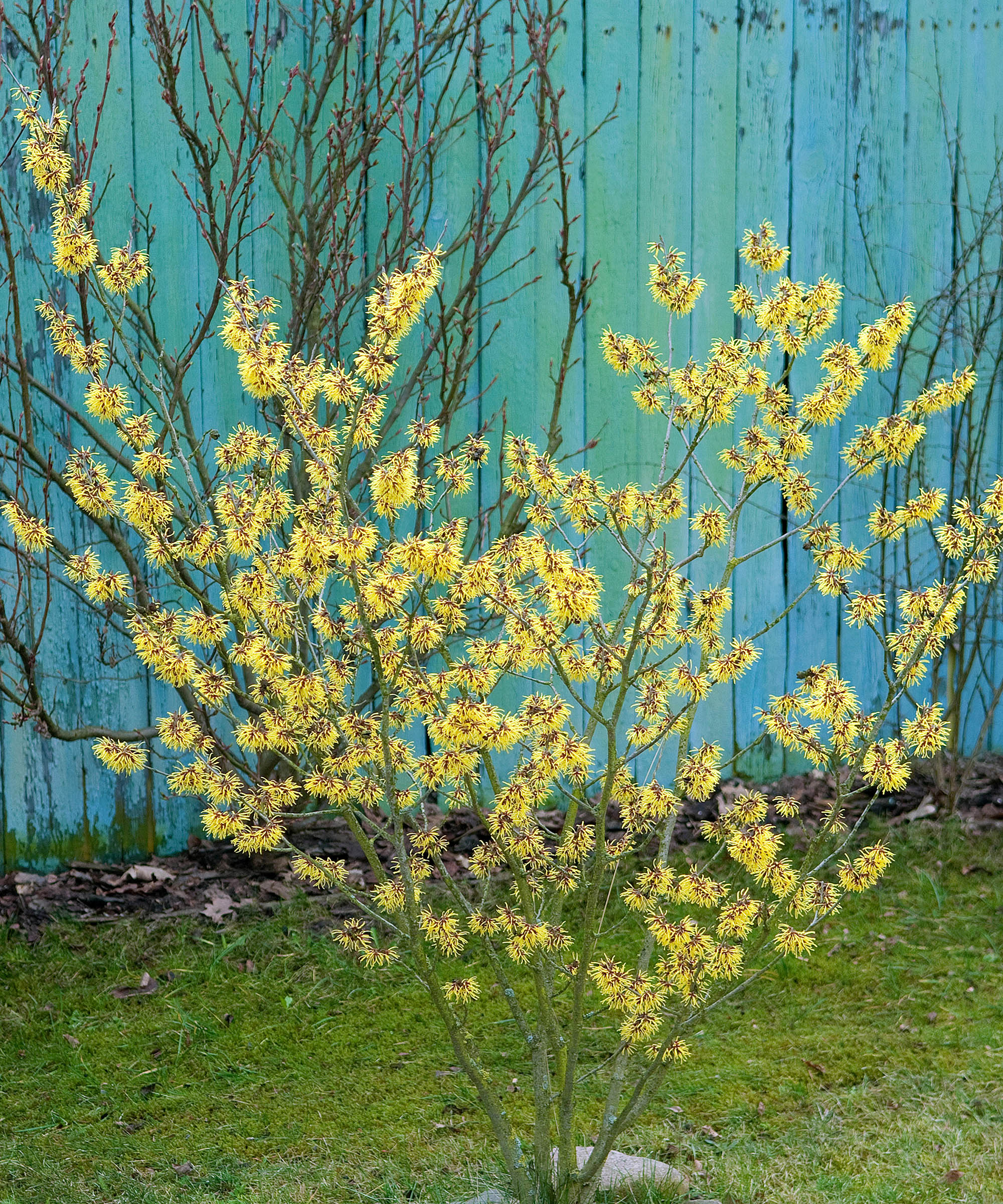
Prune out suckers from the base of a new, grafted witch hazel
If you do cut back some of the stems from your witch hazel plant you may wish to attempt propagation. Be advised however, witch hazels are not easy plants to propagate. It's possible to take plant cuttings in spring, but even professional propagators find that the success rate is low.
So, in the nursery, they're usually propagated by grafting. That is, a piece of the named variety is joined to a rootstock – the root of a different species that is easy to grow from seed and develops quickly but has small flowers. A wild American species is often used.
Sometimes, as the plant matures and is growing well, a shoot may suddenly grow from below ground at the base of the stems. These suckers from the rootstock are often very vigorous and grow vertically up through the rest of the plant. They are not the named variety that looks so wonderful in flower, so these suckers should be cut out as low down as possible otherwise they will take over.
Overall, grafting witch hazel is skilled and labor-intensive work which accounts for the fact that these plants are usually more expensive than most other shrubs.
FAQs
Can you cut witch hazel back if it's becoming too large for its space?
The elegant growth of a mature witch hazel is one of its joys, so allowing it to mature is almost always the best plan. Some varieties may eventually develop into trees for small gardens, but you can plant shade-loving perennials and spring flowering plants under its branches.
Witch hazel is just one of a great many winter plants for pots and borders, which will give scent and structure to your backyard.

Graham Rice is a garden writer who has won awards for his work online, and in books and magazines, on both sides of the Atlantic. He is a member of a number of Royal Horticultural Society committees and the recipient of the 2021 Garden Media Guild Lifetime Achievement Award. He gardened in Pennsylvania for 20 years, but has recently returned to his native England.

